Amazon’s Echo Show 8 drops back to $75
The best smart home gadgets for 2023
Whether you’re just dipping your toes into the smart home space or adding new devices to your growing setup, there have never been more IoT gadgets for you to choose from. But before you dive in, we have some advice. For one, don’t try to outfit your entire smart home in one go – that goes for both newbies and those familiar with smart home gadgets. Not only can this be quite expensive, we think it’s generally best to buy just one or two items first to see if you like them, or to see how they pair with the rest of your home’s ecosystem. And if you haven’t already, you should decide which voice assistant you prefer. We offer some advice on how to pick the right one below, along with our suggestions for the best of each smart device category, with alternate suggestions where appropriate.
-
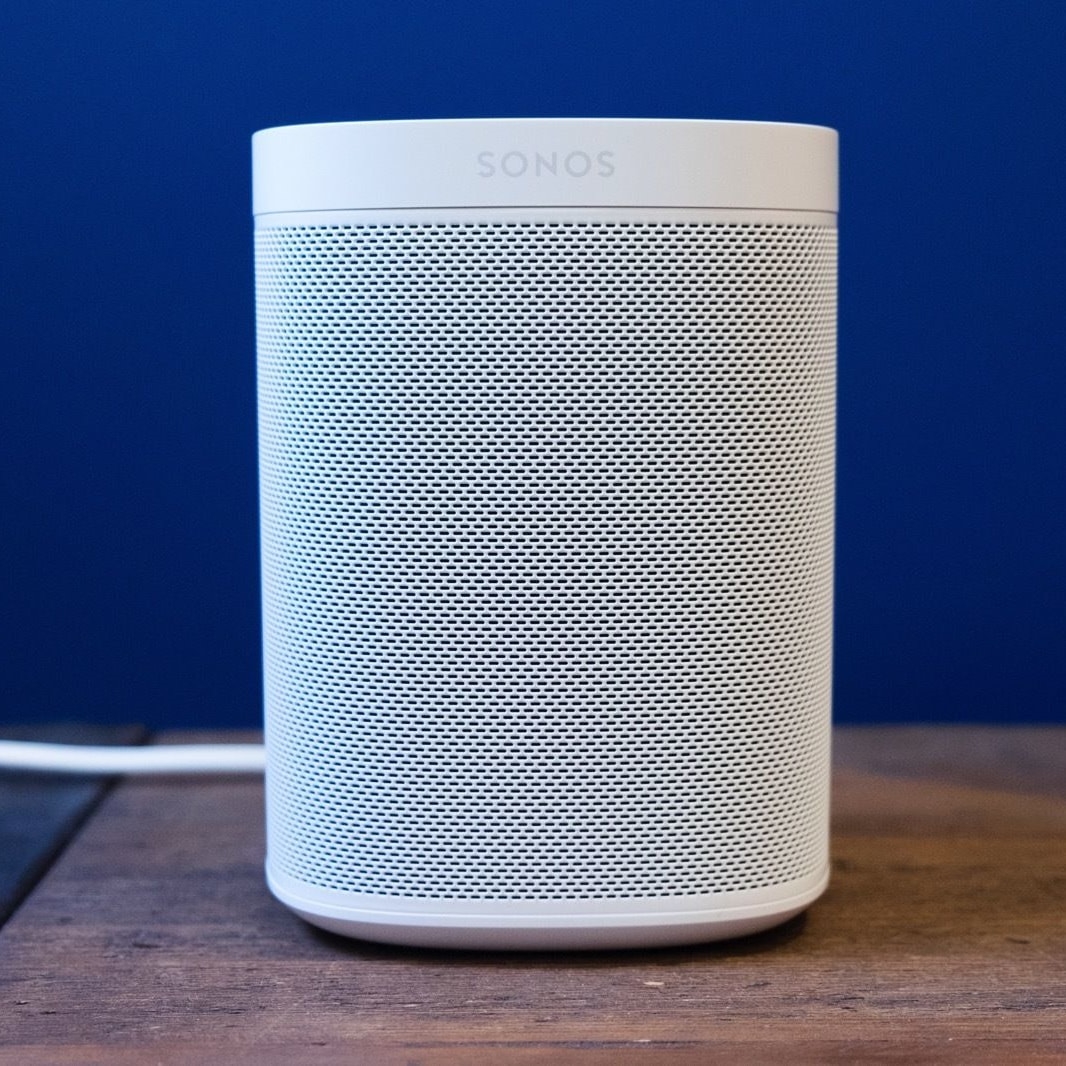 Best smart speaker
Best smart speakerSonos One
$219$219 at Sonos
-
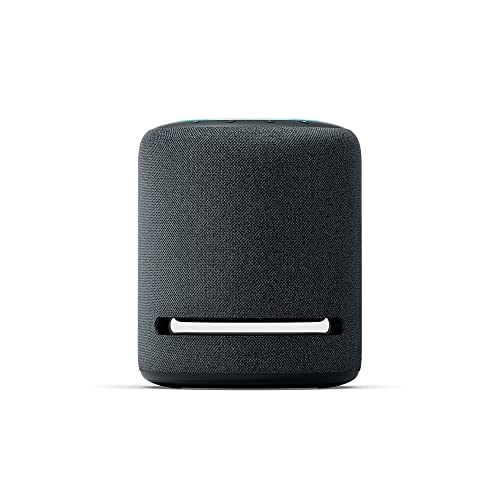 Runner up
Runner upAmazon Echo Studio
$200$200 at Amazon
-
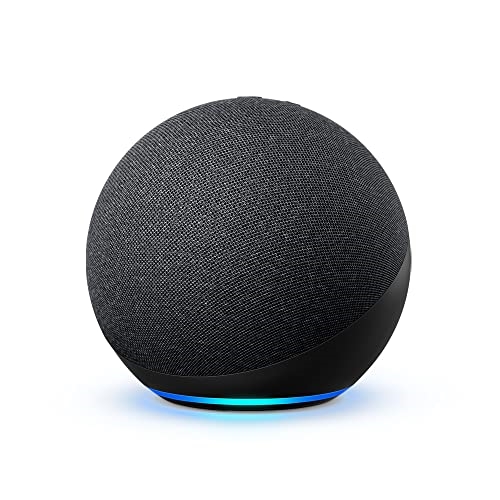 Best $100 smart speaker
Best $100 smart speakerAmazon Echo
$65$65 at Amazon
-
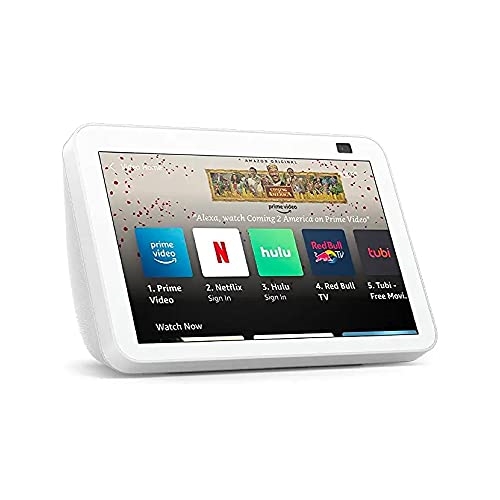 Best Alexa smart display
Best Alexa smart displayAmazon Echo Show 8
$75$75 at Amazon
-
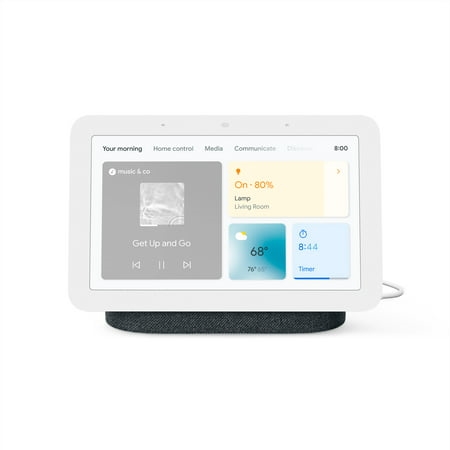 Best Google smart display
Best Google smart displayGoogle Nest Hub
$79$79 at Walmart
-
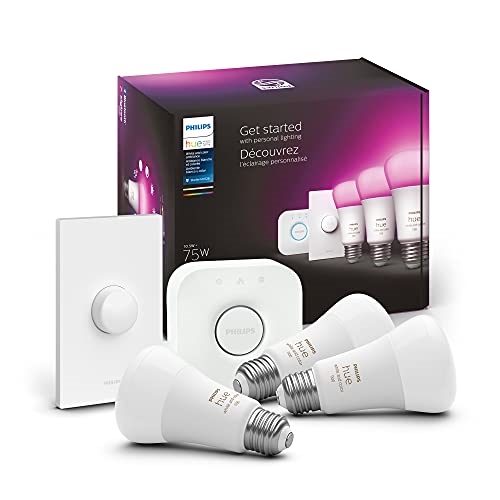 Best smart lights
Best smart lightsPhilips Hue White and Color Ambiance Starter Kit
$180$180 at Amazon
-
 Best budget smart lights
Best budget smart lightsTP-Link Kasa Smart Light Bulbs
$40$40 at Amazon
-
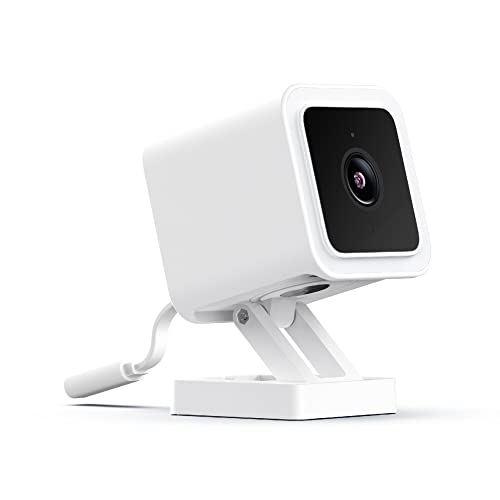 Best security camera
Best security cameraWYZE Cam v3
$36$36 at Amazon
-
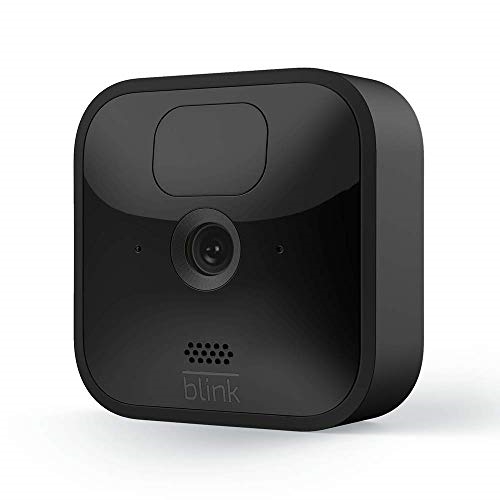 Best wireless security camera
Best wireless security cameraBlink Outdoor
$90$90 at Amazon
-
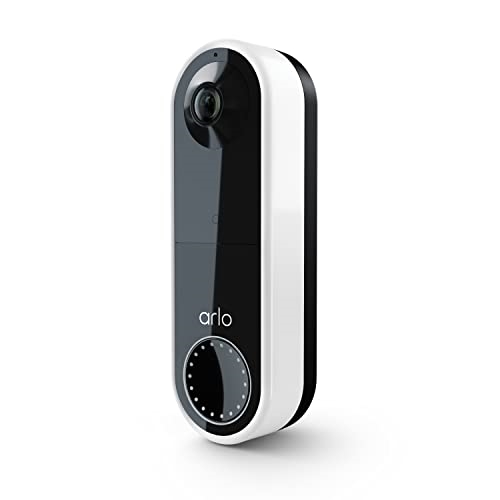 Best doorbell camera
Best doorbell cameraArlo Essential Wire-Free Video Doorbell
$115$115 at Amazon
-
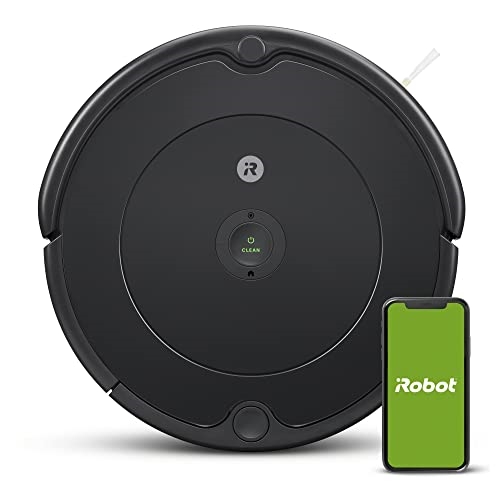 Best budget robot vacuum
Best budget robot vacuumiRobot Roomba 694
$250$250 at Amazon
-
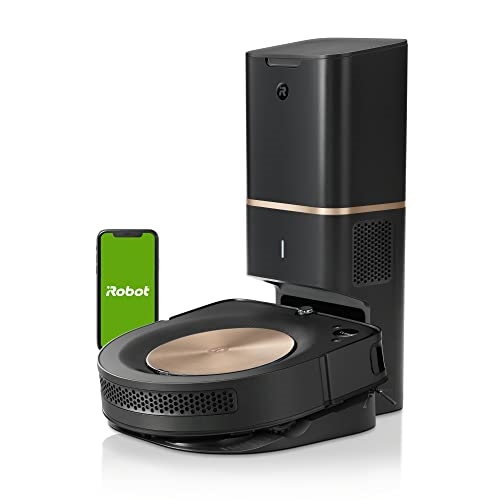 Best high-end robot vacuum
Best high-end robot vacuumiRobot Roomba s9+
$985$985 at Amazon
-
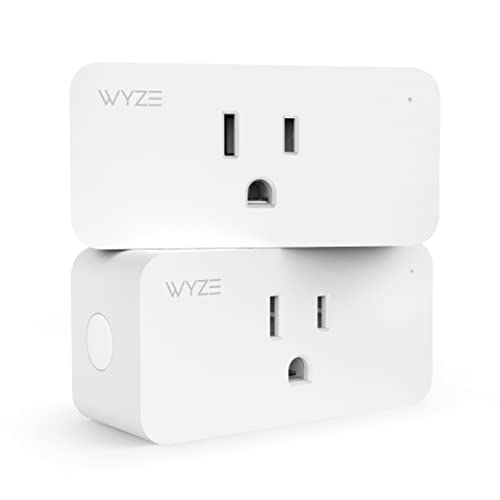 Best smart plug
Best smart plugWyze Plug
$20$20 at Amazon
-
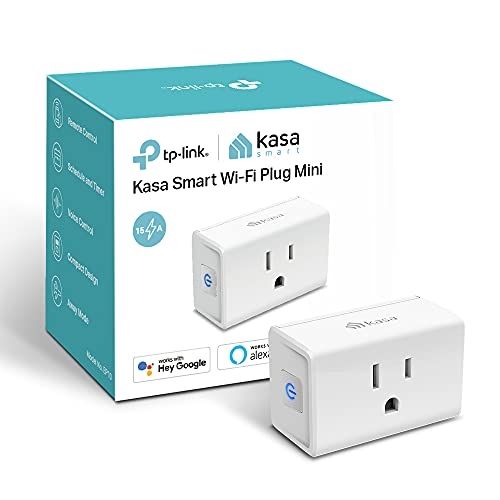 Runner up
Runner upKasa Smart Plug Ultra Mini
$21$21 at Amazon
Before you start, pick a voice assistant
While plenty of smart home devices are platform agnostic, there are some — smart speakers and smart displays in particular — that require you to choose your voice assistant. Currently, that means deciding if you’ll use the Google Assistant or Amazon’s Alexa on a regular basis (I’ll address Siri in a moment.) They’re both compatible with various smart home products from light bulbs to robot vacuums, but there are certain devices that work best with either Google or Amazon. Nest products, for example, are more compatible with Google-powered speakers and displays. They can still work with Amazon devices, but certain features might be disabled. The same holds true with Amazon products: They work better if they’re in the same ecosystem.
So how do you choose between Alexa and Google Assistant? It really depends on your personal preferences. Do you listen to Audible, watch Prime Video and tend to do a lot of shopping on Amazon? Then you might lean toward an Alexa-powered smart home device. Do you use a lot of Google services like YouTube and Google Podcasts? A Google-powered device might be best.
If you want a voice assistant that’s great at answering questions, Google Assistant tends to be better than Alexa. Amazon’s helper, on the other hand, currently supports more smart home products. The company’s smart speakers and displays also support the Zigbee smart home protocol, and some devices even have built-in smart home hubs. Both Google and Amazon devices can sync with your calendar, though Google’s tend to work better with Google services. Plus, if you already have an Android phone, you might be more comfortable with Google Assistant anyway.
But what about Siri? Apple’s assistant supports voice commands as well, but it doesn’t have as many compatible devices as Google or Amazon. The HomePod mini and the (now discontinued) HomePod are the only Siri-compatible speakers on the market at the moment, too. That said, it’s not too hard to find Apple HomeKit-compatible gear as more third-party companies add support for it, but you currently have a smaller pool of devices to choose from.
Best smart speaker: Sonos One
Our recommendation for the best smart speaker is the Sonos One. It’s compact enough to fit in most areas in your home, but more importantly, it delivers excellent audio quality that’s superior to a lot of other smart speakers out there. When tuned properly to the acoustics of your room — which requires the iOS app — the sound is fantastic, with punchy bass and clear highs. Unfortunately, the Android app doesn’t have TruePlay tuning (Sonos has not said whether it’s in the works), but the speakers should still sound admirable. It’s also compatible with a slew of streaming services, including major ones like Spotify and Pandora.
The main benefit that a Sonos speaker brings over the competition is that it’s a gateway to a multi-room audio setup that you can build out over time. It’s also convenient if you plan on building a home theater setup later on, as the One integrates well with Sonos soundbars. On top of that, the Sonos One supports both Alexa and Google Assistant, so you don’t have to worry about picking one voice assistant over the other.
Runner-up: Amazon Echo Studio
Amazon’s Echo Studio is a great choice if you know you prefer Alexa to the Google Assistant for voice control. Plus, the price is comparable to the Sonos One and the audio quality is on par, too. The latest Studio, which was just announced, has been retooled with new spatial audio processing that improves on the company’s previous 3D sound technology. It also has an improved frequency range, with increased mid-range clarity and deeper bass, and a built-in smart home hub for connecting things like smart lights, switches, plugs and more. And if you have a Fire TV device or an actual Fire TV set, you can pair the Studio with it to get a killer home-theater sound setup.
Best $100 smart speaker: Amazon Echo
For those with tighter budgets, there are a handful of smart speakers around $100. We recommend picking up one of the three latest smart speakers from either Google, Amazon or Apple. Out of the three, we think the Echo has the best audio quality. Our colleague Nate Ingraham said its bass is impressive and the mid-range frequencies are pretty powerful. You can also pair two together to get even better stereo sound.
That said, the Nest Audio and HomePod mini are no slouches either. The HomePod mini sounds balanced, while the Nest Audio has pretty good bass tones. Again, it all comes down to which assistant you prefer.
Best Alexa smart display: Echo Show 8
The best Alexa-powered smart display is the Echo Show 8. The Echo Show 5 is a little too small, while the Echo Show 10 and its rotating screen take up too much space. The Echo Show 8, on the other hand, is perfectly sized for most rooms in the house. Like other Alexa-powered smart displays, it supports plenty of video streaming services including Amazon Prime, Hulu and Netflix and it comes with a couple of built-in browsers that you can use to surf the web. Unfortunately, it doesn’t support YouTube, which is a pretty notable omission considering how ubiquitous the service is. As a workaround, you can access it via the aforementioned browsers, but the experience isn’t as smooth as if it were a native app.
You can use the Show 8 to make video calls with any phone or tablet with the Alexa app. Alternatively, it supports Skype, Zoom and Amazon’s own Chime service. Like the Nest Hub Max, the Show 8 also has an optional face-tracking feature that follows your movements around the room during a call.
Best Google smart display: Nest Hub (2nd gen)
Our favorite Google-powered smart display is the second-generation Nest Hub. It has a 7-inch screen, which makes it just big enough to fit in most rooms in the house. The size also makes it work well as a digital photo frame. You can set it up to pull in pictures of friends and family from your Google Photos library, and there’s a smart algorithm that automatically uses the best shots while avoiding the blurry ones. As you might expect, you can also use the display to watch YouTube, Netflix and other streaming services.
Plus, a smart display without a camera is great if you want to place it in more intimate places like the bedroom, where you might be more protective of your privacy. If you place it by your bedside, the Nest Hub also has a sensor that can track your sleep patterns, if you opt in.
If you prefer a display with a camera, we recommend splurging on the higher-end Nest Hub Max. Its built-in camera can be used for video calls with Google Duo, Google Meet and Zoom. This smart gadget also has an optional face-tracking feature that lets the camera follow you around during calls. One benefit of the camera is that it gives you the option for Face Match, a feature that automatically recognizes individual members of the house and then displays the information that’s pertinent only to them, like calendar alerts.
Additionally, the camera adds a unique gestures feature that lets you play and pause media simply by holding up your hand to the screen, which is convenient if you need to stop the music without having to shout across the room. The Google Nest Hub Max also has better audio quality than the Hub thanks to its larger speakers.
Best smart lights: Philips Hue
One of the easiest ways to introduce smart home technology into your home is to swap out your existing light bulbs with smart ones. Smart light bulbs let you control your lighting remotely, either via an app or with your voice. They add automation and scheduling to the mix, so you can have them turn on and off at certain times of the day. Some also let you adjust the smart bulb’s brightness and color temperature, or even let you create a custom light scene.
Our favorite smart lighting products come from Philips Hue, and the White and Color Ambiance LED Smart Button Starter Kit is a particularly good entry point as it includes three Philips Hue White and Color Ambiance 60W LED smart bulbs; a Hue hub that lets you control up to 50 lights; and a Smart Button if you want to have the option of turning off the lights without having your phone around.
This kit offers lots of versatility in lighting styles; you can change not just the brightness of the smart light bulb but also the color temperature and experiment with all different shades of the rainbow, decking out your room in whatever light scene you desire. If that seems a little too daring, Philips offers alternatives: The Hue White Ambiance Starter Kit lacks the color option, while the Hue White Starter Kit won’t let you adjust the color temperature.
The main reason we prefer Philips Hue bulbs is that they’re widely supported across smart home ecosystems. Not only can you find them pretty much anywhere, but they’ll work with Google, Amazon and Apple’s HomeKit. Since all the bulbs connect to the Hue hub via the Zigbee protocol (and not your home’s WiFi), it tends to be more reliable and it won’t slow down your home internet connection either.
Best budget smart lights: TP-Link Kasa Smart WiFi Light Bulb
TP-Link makes a bunch of affordable IoT gadgets and we liked the Kasa Smart WiFi light bulbs enough to name them our favorite budget devices in our smart lights guide. They’re easy to install and remain reliably connected, plus their companion mobile app is clean and easy to use. These are full-color smart bulbs and we like how changing up the color of your lights is as easy as dragging your finger around a color wheel in the app. Of course, you can stick with different temperatures of white light too, adjusting from warm to cool as needed.
You can also set schedules, allowing your lights to turn on and off at specific times throughout the day, and the app’s “usage” section shows you each bulb’s energy use over time, plus an estimate of how much energy you’re saving by using a smart light instead of a regular one. Ultimately, we like how much value these bulbs pack into an attractive price tag — a four-pack typically costs $40, but you can sometimes find it on sale for as low as $30.
Best security camera: Wyze Cam V3
Security cameras are helpful for catching intruders, nabbing porch pirates or just keeping an eye on your pet while you’re out of the house. Our favorite is the Wyze Cam V3 for its wide range of features along with its affordable price. Plus, thanks to its IP65 waterproof rating it can be used either indoors or outdoors, and it has color night vision that’s capable of recording nighttime video in full color.
Like previous-gen models, it sends alerts to your phone whenever it detects sound or motion. You can also customize Motion Detection Zones that allow you to adjust just how sensitive you want the motion sensor to be. It also offers 24/7 continuous video recording that you can store via a 32GB microSD card (not included).
We especially like that the Wyze doesn’t require a subscription; free cloud storage is included with the purchase, and you’ll always have access to the last 14 days of recording on the app. Be warned, however, that the free account can only hold 12-second clips every five minutes. If you want it to record unlimited motion, consider upgrading to a Cam Plus subscription, which includes additional features like alerting you if it detects a person or a package. Fortunately, it’s inexpensive at $2 a month or $15 a year.
Best wireless security camera: Blink cameras
There’s a lot to like about the Wyze Cam V3, but it needs to be plugged in. For a wireless alternative, we like the Blink Indoor and Outdoor cameras. They both run on AA batteries, so you can place them anywhere you want, and they’ll run for around two years before you need to replace the batteries. The Blink Outdoor is weather resistant, but otherwise both cameras are the same. They both have night vision, motion detection and two-way audio. You can store clips in the cloud via the Blink Subscription Plan or you can also save events locally to a Sync Module 2 via a USB flash drive (sold separately). Unfortunately, Blink works with Alexa only, which could be a non-starter for some.
Best doorbell camera: Arlo Essential Video Doorbell
If you want a camera specifically for your front door, a doorbell camera makes more sense than a standalone option. Our favorite is the Arlo Essential Video Doorbell, which is compatible with Google Assistant, Amazon’s Alexa and Apple HomeKit. It delivers high-quality HDR footage along with a 180-degree view so you can see a person from head to toe and it can ring your phone with a video call whenever someone rings the bell. There’s also two-way audio so you can talk to whoever’s at the door.
A highlight of this doorbell is that it comes with a three-month trial to Arlo’s Smart subscription service, which includes a motion detection feature that can tell the difference between a person, package, vehicle or animal. Senior Editor Devindra Hardawar said that he really appreciated the package alerts; it did a good job of telling him whenever UPS dropped off a box. It’s such a useful feature, in fact, that we recommend keeping the service beyond the trial period.
You should be able to use the Arlo Essential Video Doorbell with either Google or Amazon’s smart displays, but it won’t be fully integrated. You’ll be able to view the webcam on the display, but if someone rings the doorbell, they won’t automatically show up on the screen. If you want that particular feature, you’ll have to use either a Google doorbell like the Nest Video Doorbell or an Amazon doorbell like the Blink Video Doorbell (for Google and Amazon displays, respectively).
Best budget robot vacuum: iRobot Roomba 694
Our favorite robot vacuum is the iRobot Roomba 694. We recommended it in our budget robot vacuum guide as it did a great job cleaning hard and carpeted surfaces. (We liked the Shark Ion RV761, too, but the Roomba 694 is a newer model.) Plus, the app is really easy to use for luddites and the tech savvy alike. And just in case you don’t have access to the app — maybe you left your phone in another room, for example — the Roomba 694 has manual controls as well.
One of the reasons the Roomba 694 cleans so well is that it has a three-stage system that tells it to suck up dirt while also navigating around obstacles. When it encounters an especially filthy area, it focuses in on it, making sure it’s clean before moving on. You can also manually instruct it to clean a specific spot in case you need it. And if you prefer to talk to your robot vacuum, the Roomba 694 works well with both Alexa and Google Assistant.
Best high-end robot vacuum: iRobot Roomba s9+
If you don’t mind spending more money on an even better robot vacuum, we recommend the Roomba s9+. It has the strongest suction power of any Roomba, so it’s not surprise that it cleans both carpet and hard floors well. It has a mapping technology that helps it keep track of all the different rooms in your home to clean it in the most efficient way possible. But arguably the best thing about the s9+ is that after each job, it automatically empties its bin into a clean base that can hold about 60 days worth of dirt. In short, the s9+ is worth the splurge if you want a robot vacuum that doesn’t require a lot of attention.
Best smart plug: Wyze Plug
Smart plugs are the easiest way to add a bit of connectivity to your home without spending a ton of money. Connect your regular non-smart lamp and voila, it’s internet connected and you didn’t have to spend a fortune. The best one we’ve tried is from Wyze, thanks largely to its easy-to-use app. We were able to fly through the installation process; pairing was seamless and connecting it to WiFi was simple as well. We especially love that it offers two-factor authentication (the rest of the smart plugs we tried did not have this). You can schedule it to go on and off at different times and days. The Wyze Plug works with Alexa, Google Assistant (though you’ll have to go through the Google Home app to pair it) plus the IFTTT service.
Runner up: TP-Link Kasa Smart Wi-Fi Plug Mini
Another solid option is TP-Link’s Kasa Smart Wi-Fi Plug Mini. We didn’t find the app as easy to use — installation was not as seamless as the Wyze — but once you get past that, it’s still just as capable. Just like with the Wyze Plug, you can schedule the plug to turn on and off at certain times and days of the week. On top of that, the Kasa actually offers scheduling around sunrise or sunset times, a feature that the Wyze lacks. It works with Google Assistant, Amazon’s Alexa, IFTTT plus Samsung SmartThings.
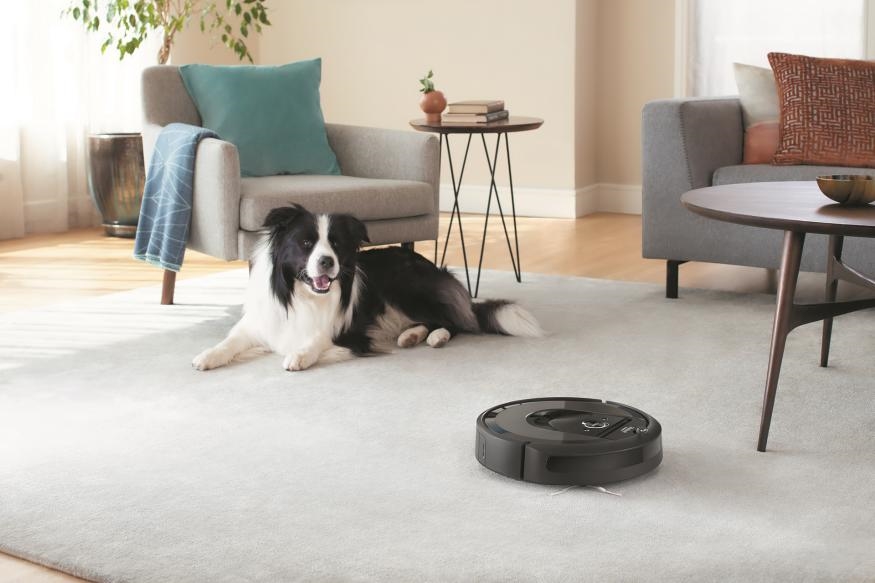
(8)


